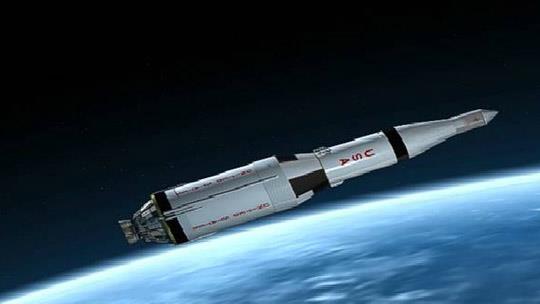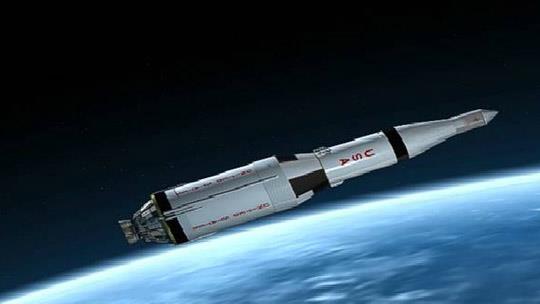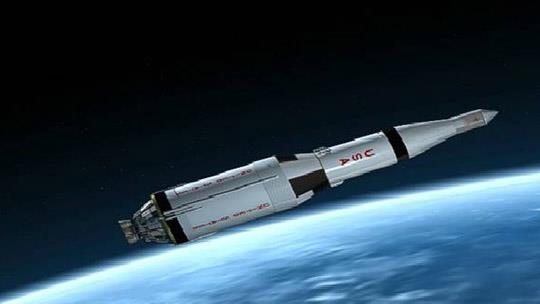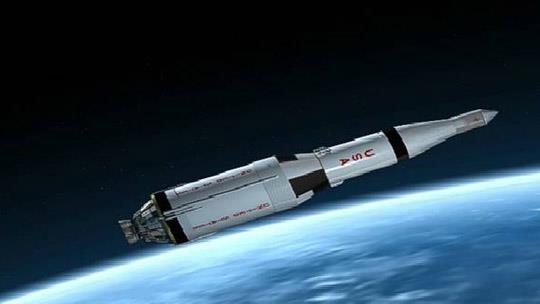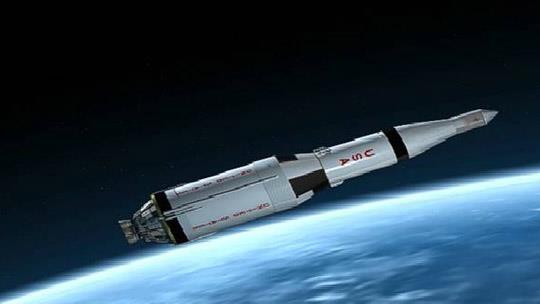5.1 Saturn Launch Vehicles: Engine Restart and Propellant Control in Zero-g (Lessons Learned)
Discipline: Propulsion
What was S-IVB Zero-g Restart?
The lunar trajectory required that the engines of the third stage of Saturn V, the S-IVB, burn twice: once to get into the desired Earth orbit and again for the trans-lunar injection (TLI) to thrust the Apollo CSM and LM out of Earth’s gravitational field and toward the Moon. The S-IVB on-orbit restart was the first restart of a LOX/LH2 propellant engine in zero-g.
A large quantity of propellant would be left at the engine cut-off after the first burn. Engineers were concerned that the propellant slosh wave at engine cut-off in zero-g could not be settled in the aft end of the tank to be pumped into the engine for the mission critical TLI burn.
Drop-tower testing showed that the small ullage motors on the SIVB were unlikely to settle the hydrogen propellant. Engineers then added baffles in the S-IVB LH2 tank to reduce the slosh wave prior to the ullage motor burns.
